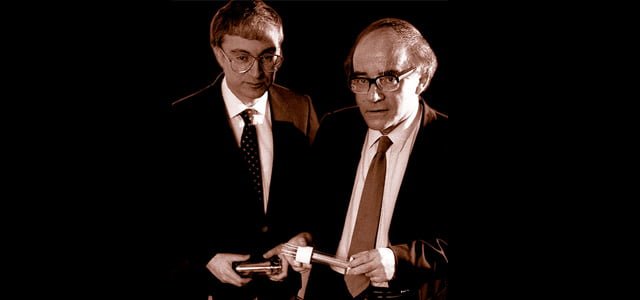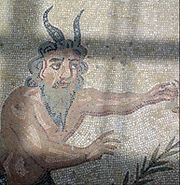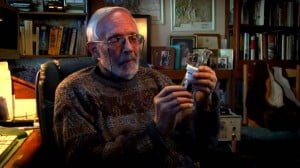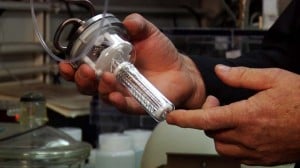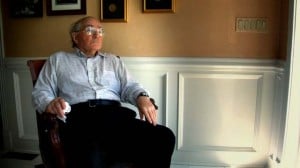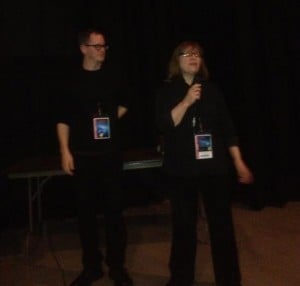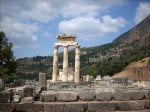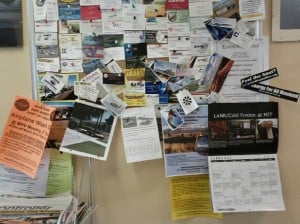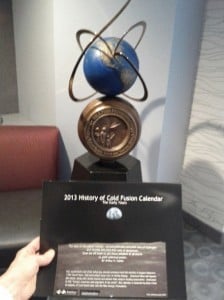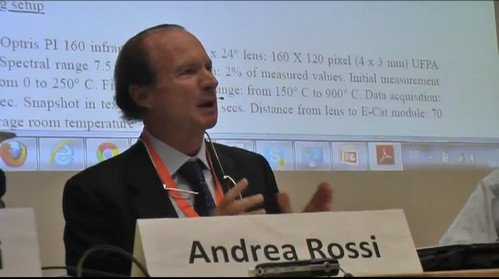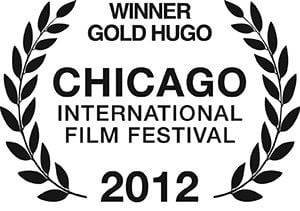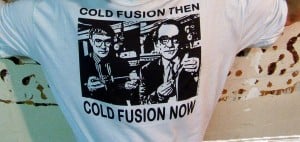A local Association devoted to Product Management who is considering showing the the above film at their final monthly meeting in June asked me if it would be appropriate material within their theme of supporting the cause of Product Management. Along with providing a private showing of the film to the Board of Directors, I also prepared the following Synopsis of the movie for possible distribution to members.
__________________________________________________________
Synopsis
Released in October, 2012 The Believers is a documentary that tracks the dark side of the March 1989 announcement at the University of Utah that two respected chemists had solved the world’s energy problems. They had discovered “Cold Fusion”. Within days Martin Fleischmann and Stanley Pons were on the covers of numerous magazines worldwide. But three short months later their science has been discredited and their reputations ruined. The established community of physicists refuse to accept the alleged experimental results. Retreating to France the two pioneers pursue their researches for another five years before retiring into twilight. Meanwhile “Cold Fusion” has become synonymous with “pathological science” within the general scientific community.
There could not be a better modern example of a combination of hubris and bad public relations for a product launch. Understanding what went wrong makes this story worthy to be the central focus of courses in marketing, or more precisely bad marketing, for years to come.
Meanwhile, twenty-three years later, laboring under the disdain of their peers, a small group of faithful scientists still persist in trying to resolve the un-answered Mystery of where the incontrovertible unexplained heat of the Fleischmann & Pons Effect comes from. Once solved, this scientific breakthrough may yet become the salvation of civilization providing an unending supply of low-cost energy.
The movie is not, however, so much about the science as it is about the tragedy of the personal lives of the two original discoverers. It is also about the tragedy of the rejection by established institutions of the opportunity to pursue a discovery of unparalleled importance. This assumes that its riddles can be solved and the science applied to produce its potentially vast technological rewards. But the Believers themselves are not organized. Without the presence of overseeing management and meaningful financial resources, they are all struggling with their individual theories and personal myopic experiments leaving little hope that a breakthrough is imminent.
No one can leave the theater without asking themselves: “How could this have happened?”
__________________________________________________
The movie, a documentary, is definitely focused on the tragic impact of the unfolding scenario on the lives of the two original scientists. In fact, the movie is rather dark. Martin Fleischmann is shown in his declining years suffering from Parkinson’s disease. He is also caught in moments of reflection that are quite poignant. This is particularly true when he ponders how to answer the question: “What happened between you and Stanley Pons?” He never does answer that question properly, but the look in his eyes as he stares off into the distance searching back in his memory is telling. We see the panorama of opportunities lost and dreams dashed. In Martin’s stare we can imagine the closeness that must once have existed between these two collaborators, and the gulf that now separates them.
Fleischmann until his death in August 2012 was living in England and Pons is presently, 2013, living in the South of France. In one short scene while being interviewed with his wife, Pons seriously contemplates giving-up his American citizenship.
But the movie is not just about these two individuals. It is also about the tragedy of the lost opportunity to resolve the challenge of understanding the “Fleischmann & Pons effect”. And it is indeed remarkable that in our present times with all the tools and acquired knowledge available, that those still researching in the Cold Fusion field have not determined how to reliably produce heat at a level that will boil a cup of coffee.
No doubt the scientists assembling for the next annual world conference for the Cold Fusion community, ICCF-18 to be held in July, 2013 on the campus of the University of Missouri in Columbus Missouri, will wince at the description that they are all “struggling with their individual theories and personal myopic experiments”. Unfortunately, I cannot help but lean towards that colorful image in my personal struggle to answer the question: “How could this have happened?” Why has there been no breakthrough even after 24 years?
It may well be that the puzzle is indeed complex. But there is a vast amount of data available for those who wish to accept a challenge. Reported experiments in the field showing the generation of unexplained excess heat must by now have exceeded the millennium level. A half a dozen potentially practical theories already exist and a dozen more less- credible concepts regularly float up into the air. But surely there’s enough information assembled now for some genius to hit upon the solution. What is the source of the excess energy – heat – that flows from Cold Fusion experiments??
There is an analogy in history. In 1898 Pierre Curie and his wife isolated for the first time a quantity of Radium. To their great surprise, 1 gram of radium produced heat apparently endlessly! (Ra226 half-life: 1601 years; 1000 joules per gram per year when pure.) It was not, however, until 1938-39 when Lise Meitner, an Austrian Jew exiled to Sweden by Nazi politics, solved the source of the heat based experimental results for uranium reported to her by her former associate, Otto Hahn. She identified the source of this heat as: Nuclear Fission and the mass difference of the nuclei. The elapsed time was 40 years. But that was in the first half of the 20th century. Surely in the last and first decades spanning the 20th and 21st century a similar unexplained source of energy, albeit intermittent and unreliable, should have been explained by now.
The movie The Believers is not just about Martin Fleischmann and Stanley Pons. It’s a story about the failure of the scientific community to resolve the puzzle that these two electro-chemists presented to the world. The movie depicts the toxic condemnations that descended on the heads of these two gentlemen, primarily because many laboratories could not duplicate their results, and additionally because the theory that nuclear fusion was the source of the energy was incompatible with nuclear fusion as understood by the physicists. The physicists believed that if fusion were occurring then there had to be an associated emission of high-energy particles. In the case of Cold Fusion, there was no substantial demonstration of energetic particle emissions associated with the process. The fact that there was an unexplained supply of heat, a phenomenon that would otherwise violate one of the most fundamental laws of thermodynamics, the Conservation of Energy, was simply ignored. This is a travesty of the highest order.
The movie ends with a tone of despair expressed by one of the eminent theoreticians laboring in the field: Dr. Peter Hagelstein of the Massachusetts Institute of Technology. Peter, with the demeanor of a defeated man but probably intending ironic humor, speculates that when the present generation of Believers has passed on (most of them are elderly having adopted this as their career back in 1989-1990), the field will fall into neglect only to be discovered at some future date by scientific archaeologists. These are the words of a man holding tenure at MIT who nevertheless has no grants to spend and no students to do experiments. That is the burden that these Believers labor under.
While these observations are in keeping with the tone of the movie, exploring a theme which is dark and depressing, there is hope. So many favorable experimental results have now accumulated that a breakthrough in theoretical understanding in this field must occur in the near future. At least that will be the hope of all those attending ICCF-18 this coming July. In expressing such expectations and hopes myself, I have disclosed my own membership in a group that I’m sure one day will be honored for their loyalty to the cause, – The Believers.

